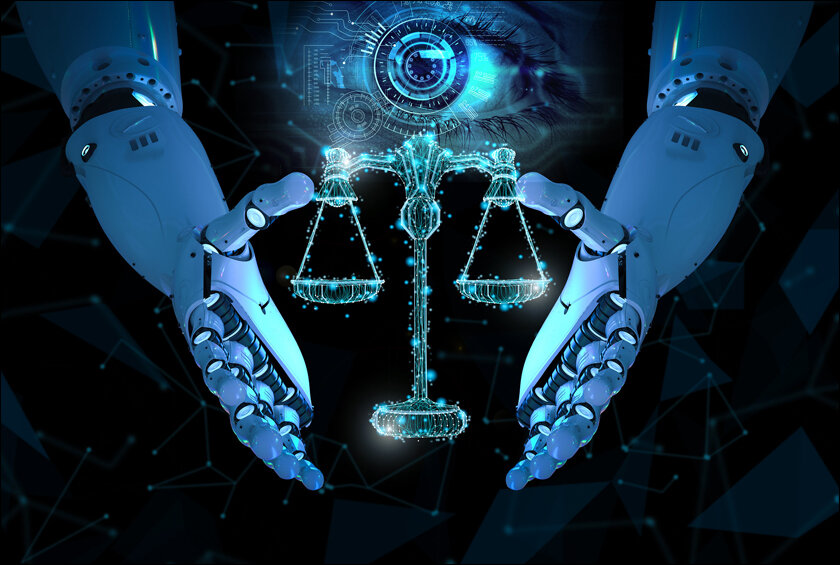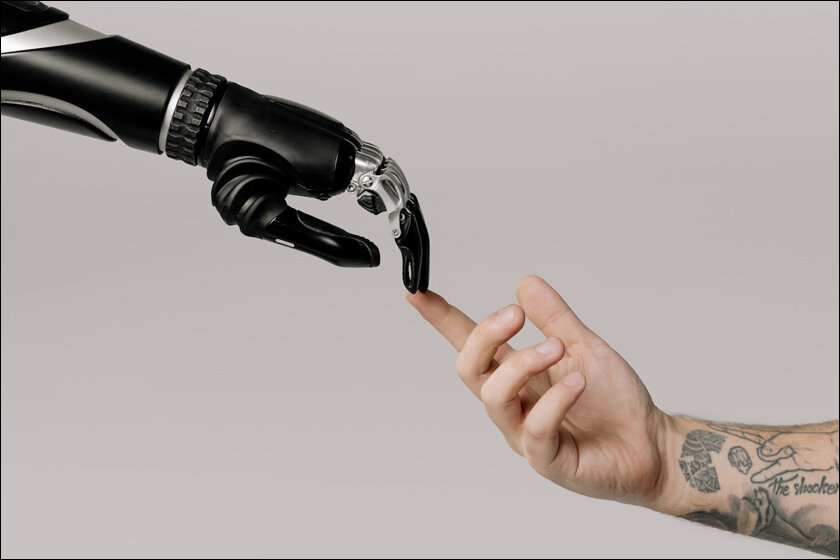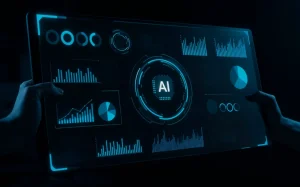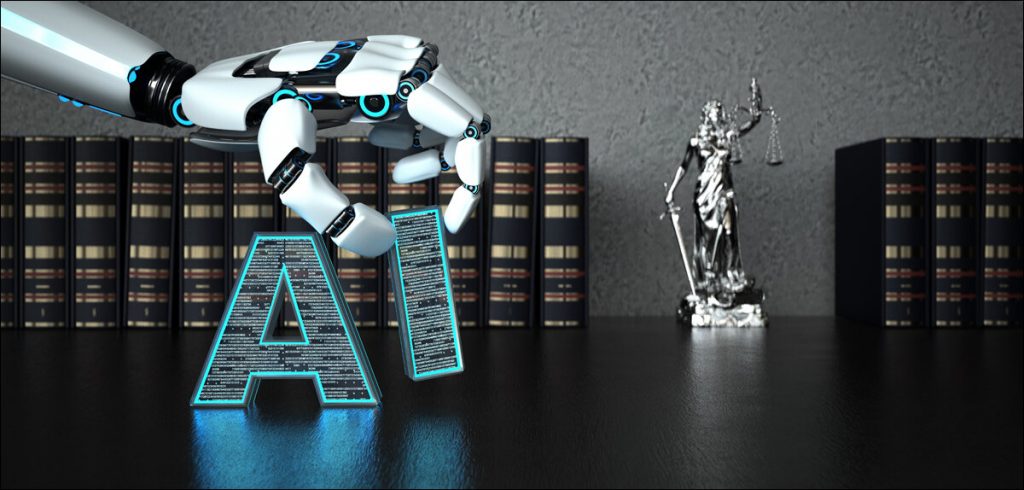In the hands of a legal professional, such a tool with its nuance and ability to spot trends is a highly disruptive tool”, says Sai.
“So, Babu sir helps people file documents for quick redressal,” informs an ex-colleague about a retired cop who has turned to helping people with police correspondence.
“Since he is an ex-cop, he writes in a language and nuance that the local station easily understands. Babu usually charges up to Rs 5,000 for such documentation work. He remains busy through the week. It sure seems like a good source to sustain,” adds my ex-colleague.

Babu’s style of working is eerily similar to how Generative AI such as ChatGPT, Bard, or MidJourney perform. You enter a few prompts, fine-tune your selection, and the output is ready. Thanks to handy templates, Babu spends little time in making the draft. Lending time to the client helps him understand the case and accordingly he manages a convincing draft.
Unlike the world’s first robot lawyer which was launched sometime in 2017, a human service such as Babu’s demands time and money. But unlike a free-to-use tool such as DoNotPay or ChatGPT there’s significant commitment.
An AI tool such as ChatGPT has been rumored to do quite a lot. In the words of Google CEO Sundar Pichai, AI could make law better. DY Chandrachud, Supreme Court Chief Justice has already favoured use of technology and even remarked favourably about the use of AI.

What could it do?
In the words of Supreme Court Judge Hima Kohli, AI is not a threat, rather an opportunity to enhance the quality of legal practice. With nearly 45 million pending cases across courts in the country, an automated tool could deliver justice faster than what it might take humans to do – 324 years according to a Niti Aayog report.
However, assuming an unexplored AI tool with its inherent set of biases could be too risky and asking for too much. Several experts have opined that AI could initially help automate some of the mundane tasks – drafting, research, contract reviews, document review, drafting for claims, maintaining legal language etc.
Drafting and conducting primary research which takes significant time could be a thing of the past through AI tools. Furthermore, a significant aspect of contract management could get completely outsourced to an AI tool. Since January, at least ten patents have been filed with the Indian patent regulator for an AI tool specifically concerning the legal industry.

The patents include a chatbot system, a cloud tool, a machine learning model, drafting tool, legal document management system, and even a big data analysis tool. Although the first patent was filed in 2005, most published documents on the IP portal have been systemic innovations. Patents related to the field of AI or data-analysis have gained traction only in the last couple of months.
It is not only practitioners who profess optimism but the interest for legal AI has also been traced to the academic side with a couple of professors acknowledging its significance.
In the words of Akshat Khetan, a practicing professional who advises a wide-range of clients, AI could be a blessing for time-starved professionals. “There is some benefit to the legal department in areas such as drafting or researching contracts. It could reduce the complexity around legal systems and even bring down the cost of providing justice,” he explains.
“But there is a caveat. Tools like ChatGPT have hallucinated in the recent past. Human intervention and discretion will be necessary. In some cases, legal professionals may have to read between the lines of case reports. In such circumstances, an AI tool may not be a valid use-case,” he adds.

Where it may not work?
Although lawyers indicated that tools such as Harvey or ChatGPT were here to stay. There was also the fear that this should be reserved only in areas such as due diligence, contract analysis, and initial research. For the unversed, Harvey is a London headquartered AI tool that has received funding from a volley of investors including OpenAI and Sequoia capital. As of early 2023, some 3,5000 lawyers were reported of having used Harvey. Unlike GPT 3 and 4 which has been trained on vast repositories of general data, Harvey claims to have been trained using legal data.
As an AI/ML tool, there is immense capability to set alarms, find patterns, and analyze loopholes in a swift manner. However, three major challenges arise in the use of such tools – affordability, trustworthiness, and unemployment.
Tools such as Harvey could involve a significant license cost which means a significant increase in cost of delivery of justice. Trustworthiness of AI’s decision making has always lingered, often attributed to its bias, and the absence of ethical and moral considerations. Besides the license costs, a likelihood of large-scale unemployment is also a reason that has prevented the adoption of such tools.

THE IDEAL USE-CASE:
Some law firms such as Cyril Amarchand Mangaldas (CAM), for instance, have implemented pioneering work in the area of legal-AI. In 2017, CAM started an initiative called Prarambh to identify and support enterprising legal-tech ideas. The scope of work was initially limited to solutions to provide access to justice, operations, contract management, dispute resolution, compliance, legal research, and transaction efficiencies.
Not only has CAM had a first-mover advantage through the launch of an incubator but it also implemented these with its in-house AI tool named KIRA. A source close to the development reveals that an 8-lawyer team and a cohort of innovation officers spent two years developing KIRA.
“Since historical data was not available, our legal team had to spend significant time identifying from tedha-medha (topsy-turvy) judgements. We also brought the rulings from lower courts,” adds the source.
“A reason why some international tools fail in India is owing to unavailability of structured data. We took time to build a complex data set incorporating several angles and nuances,” he adds.
The CAM tool does more than contract management, it could give a statistical analysis based on previous cases. In the hands of a legal professional, such a tool with its nuance and ability to spot trends is a highly disruptive tool.
Is AI here to disrupt? The answer is unconvincing if the prompts are around ChatGPT. But if the case involves building LLMs with structured data-sets incorporating the semantics of legal cases… Then AI certainly is a huge disruptor. It may be so disruptive that Babu may have to find alternative ways to sustain his post-retirement life.
In case you missed:
- None Found









